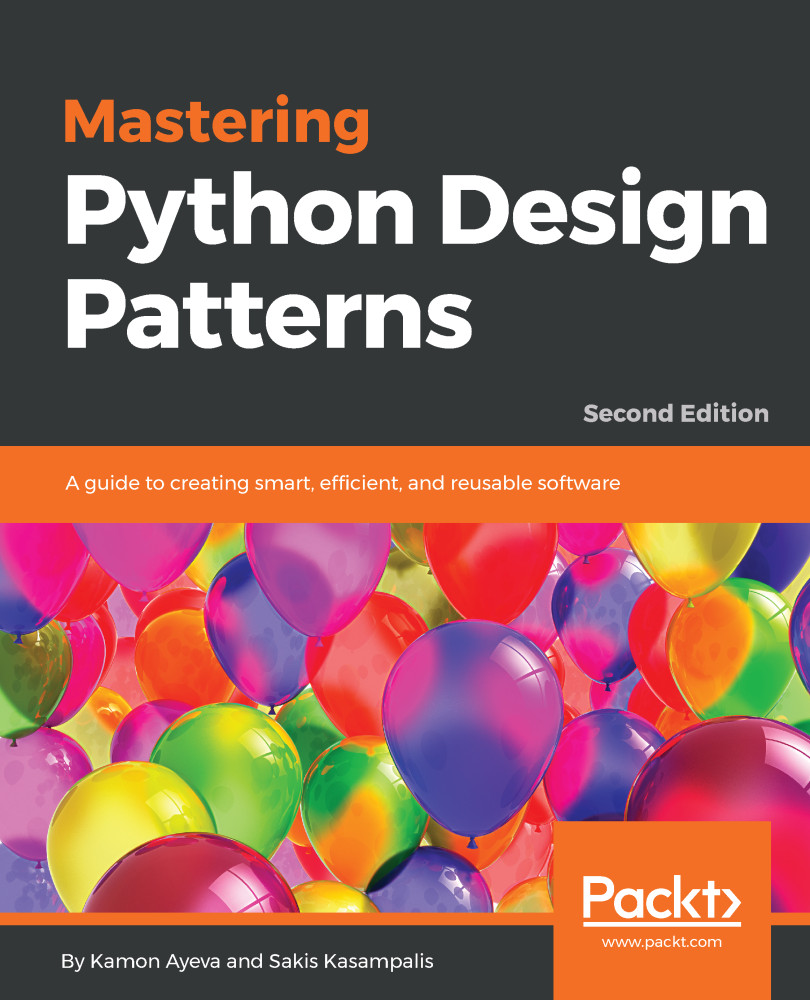When we need to update a group of objects when the state of another object changes, a popular solution is offered by the Model-View-Controller (MVC) pattern. Assume that we are using the data of the same model in two views, for instance in a pie chart and in a spreadsheet. Whenever the model is modified, both the views need to be updated. That's the role of the Observer design pattern.
The Observer pattern describes a publish-subscribe relationship between a single object, the publisher, which is also known as the subject or observable, and one or more objects, the subscribers, also known as observers.
In the case of MVC, the publisher is the model and the subscribers are the views. There are other examples and we will discuss them throughout this chapter.
The ideas behind Observer are the same as those behind the separation of concerns principle, that...



